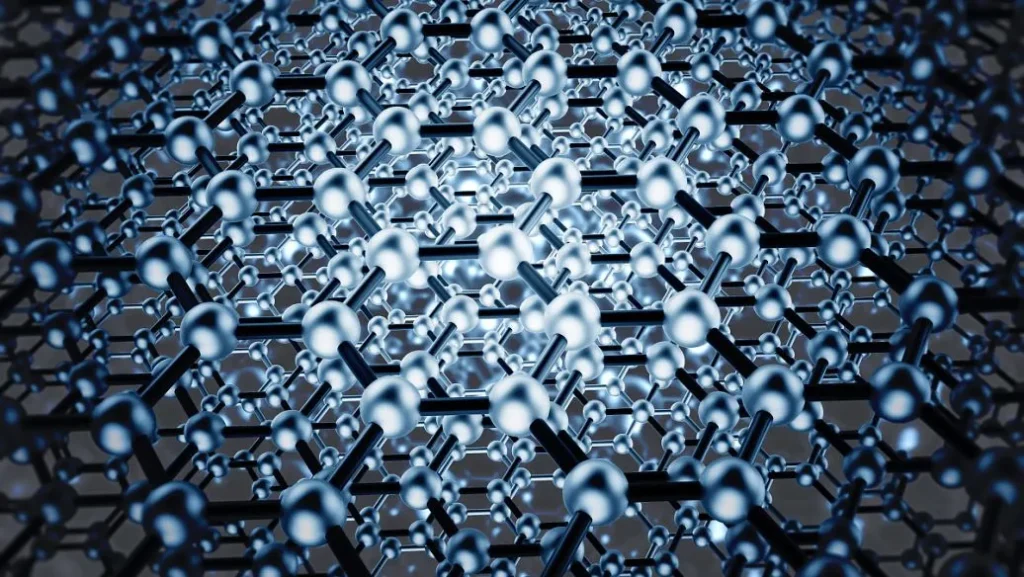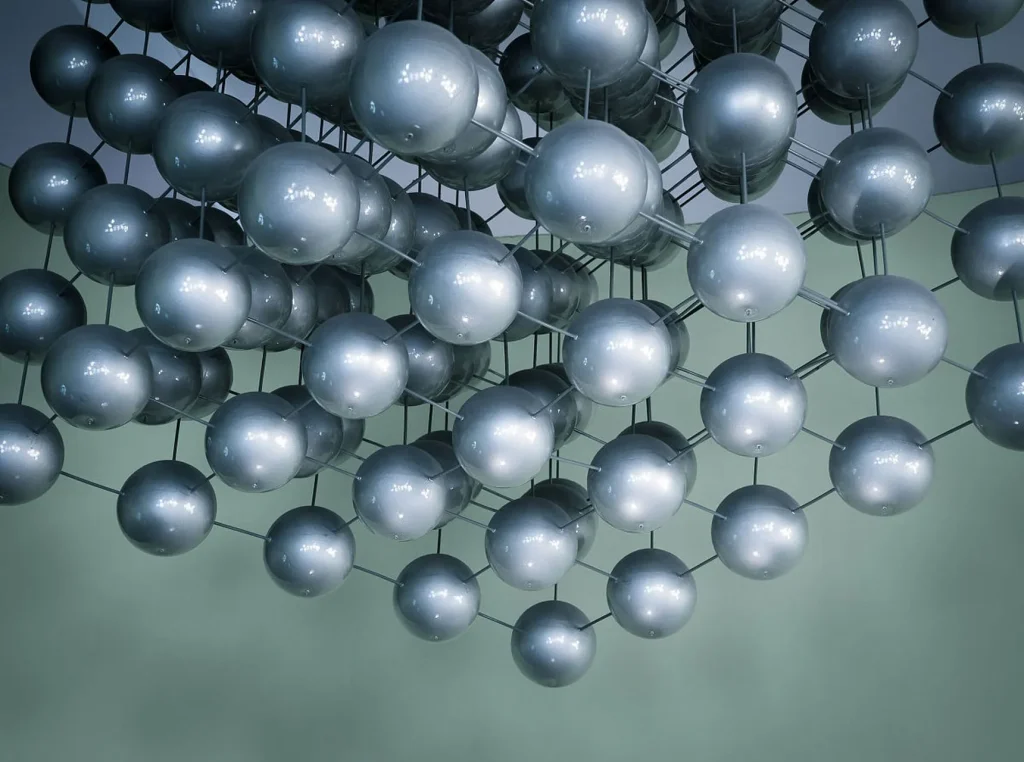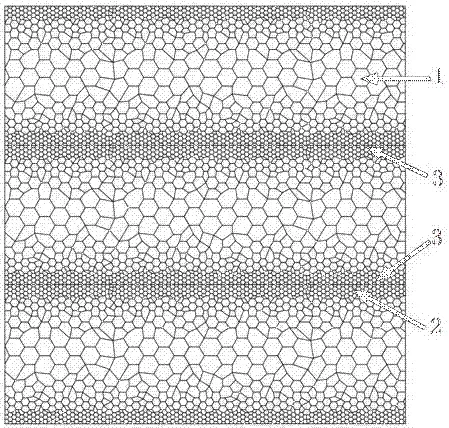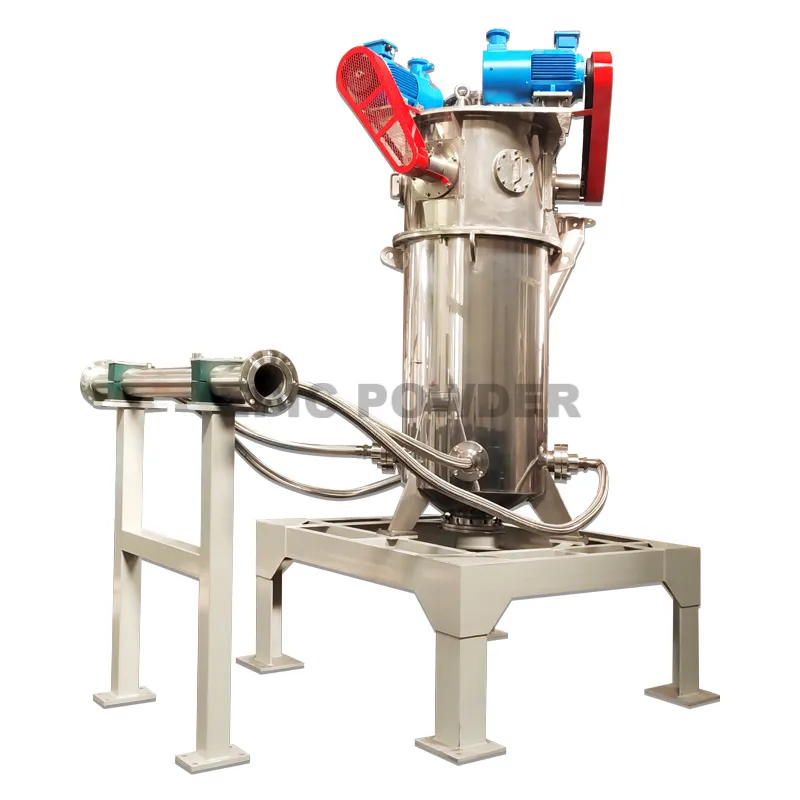In the production process of silicon-based anode, the selection and configuration of special equipment directly affect product quality and production efficiency. Compared to traditional graphite anode production, silicon-based anode production equipment has higher technical requirements and stricter control accuracy. Depending on the process characteristics of silicon-oxygen anodes and silicon-carbon anodes, their core equipment differs. However, they can also share some general equipments.

Key equipment and technical characteristics in silicon-based anode production
The sublimation furnace system
The sublimation furnace system is the core equipment for preparing silicon-oxygen anode precursors, primarily used for synthesizing silicon oxide (SiOx). Modern sublimation furnaces usually adopt a vertical design and are has two functional areas. The lower part is the heating area, which uses medium-frequency induction heating or silicon-molybdenum rod heating. Its temperatures can reach 1200 – 1800°C. The upper part is the deposition area, equipped with a water-cooled collection plate. The condensation temperature is within the range of 400 – 800°C through the heat exchange system.
The sublimation furnace operates in a vacuum or low-pressure environment (0.01 – 1000Pa) and requires a high-performance vacuum pump group and a pressure control system. Advanced sublimation furnaces also integrate an online monitoring system that can track the temperature field distribution and material sublimation rate in real time to ensure the uniformity and stability of the SiOx composition. The sublimation furnace developed by the China Energy Conservation Engineering Technology Research Institute innovatively uses photovoltaic waste crystalline silicon and quartz sand as raw materials, reducing costs and realizing resource recycling.
Nanosilicon preparation equipment
Nanosilicon preparation equipment is essential for the production of silicon-carbon anodes. Depending on the technical route, it is mainly divided into two categories: CVD (Chemical Vapor Deposition) systems and PVD (Physical Vapor Deposition) systems. CVD nanosilicon production equipment uses silane (SiH4) as the reaction raw material to prepare nanosilicon powder by thermal decomposition. Typical equipment includes a gas source purification system, a reaction chamber, a heating system, a tail gas treatment system, and a collection device. The reaction chamber is typically designed with a fluidized bed or fixed bed. The temperature control accuracy must be within ± 5 °C.
The thermal CVD production line of Zhongning Silicon Industry, a domestic company, can produce high-purity silicon powder in the 20 – 100nm range, with a production capacity of 500 tons per year. The PVD method uses plasma evaporation and condensation technology. Representative equipment, such as the plasma evaporation and condensation physical vapor phase method device developed by Boqian New Materials under normal pressure, can produce spherical silicon powder with particle sizes below 100nm, offering the advantages of high purity and uniform particle size.
Composite and Dispersion Equipment for Silicon-Based Negative Electrodes
Composite and dispersion equipment plays a crucial role in the performance of silicon-based negative electrodes. The equipment includes high-speed mixers, sand mills, and ultrasonic dispersion systems.
For the sand milling process of silicon-carbon negative electrodes, the commonly used equipment is a horizontal sand mill with zirconium oxide or tungsten carbide grinding media (3mm and 5mm mixed). The grinding intensity and time must be precise according to the material characteristics. The composite equipment developed by Shanghai Shanshan Technology innovatively combines ultrasonic dispersion with the sand milling process. First, ultrasonic pretreatment can break up particle agglomeration with adjustable power and time). Then sand milling and refining will keep processing and significantly improving the dispersion effect.
Granulation and Drying Equipment

Granulation and drying equipment is used to convert nano-silicon or silicon oxide powder into secondary particles suitable for subsequent processing. The most commonly used granulation equipment is the spray drying tower. After mixing the silicon-containing slurry with the binder, tiny droplets are formed through an atomizer. It quickly dried under hot air. The secondary granulation system developed by the China Energy Conservation Engineering and Technology Research Institute adopts a specially designed atomizer and hot air circulation system to prepare uniform particles in the 30 to 50μm range, significantly improving the fluidity of ultrafine powders. For solvent-based systems, vacuum dryers or disc dryers can also be used, but attention must be given to explosion-proof and solvent recovery concerns. The new fluidized bed granulation and drying all-in-one machine combines fluidization and spraying technology, offering higher granulation efficiency and better particle strength. It is gradually being adopted in high-end silicon-based negative electrode production.
Coating and Heat Treatment Equipment
Coating and heat treatment equipment play a crucial role in improving the electrochemical performance of silicon-based negative electrodes. These include fluidized bed CVD systems, rotary kilns, and tubular furnaces. Fluidized bed reactors are particularly effective for carbon coating silicon-oxygen negative electrodes. Operators achieve uniform carbon layer deposition by precisely controlling the fluidizing gas velocity (such as an initial setting of 8L/s) and the temperature field (600 – 1000°C). Advanced fluidized bed systems feature preheaters (with preheating temperatures ≥ 400°C) and heat exchangers, which reduce energy consumption and minimize temperature fluctuations.
For carbonization treatment of silicon-carbon negative electrodes, manufacturers commonly use atmosphere-protected rotary kilns or push-plate kilns. They typically operate within a temperature range of 1000 – 1500°C, with a treatment time of 2 – 5 hours. The Central South University team developed defect-enhanced nanocrystalline silicon technology, using a specially designed heat treatment furnace. They precisely control the heating rate and atmosphere composition to introduce defect structures such as stacking faults and nanotwins into crystalline silicon waste, significantly improving the cycle stability of silicon negative electrodes.


Post-processing equipment
Post-processing equipment includes specialized equipment for crushing, grading, surface treatment, and packaging.
The jet mill is the mainstream equipment for ultrafine grinding. It avoids metal contamination through a collision design and crushes the material to the required particle size (usually D50 < 10μm). The classifying system predominantly uses air classifiers to accurately classify particles based on their aerodynamic diameter. Surface treatment equipment includes modified mixers and coating machines, which are used to apply functional coatings to the surface of silicon-based materials. Demagnetizers are employed to remove metal impurities that may be introduced during raw material handling and the production process, typically using a multi-stage high-gradient magnetic separation design. Packaging equipment must operate in a dry atmosphere or vacuum environment to prevent silicon-based materials from absorbing moisture and oxidizing.
Automated Control System
The automated control system serves as the nerve center of a modern silicon-based negative electrode production line, responsible for the coordinated control and data acquisition of each process.
A typical acquisition control system includes temperature and flow control modules that monitor key parameters, such as the reaction temperature of the sublimation furnace, the deposition temperature of the deposition zone, the reaction temperature of the fluidized bed, and the preheater temperature in real-time. The system also collects and analyzes production data, such as the output of the sublimation furnace, the feed amount of the fluidized bed, the gas source flow rate, and the output amount, to optimize the process and ensure quality traceability. Advanced factories also use MES (Manufacturing Execution System) and industrial Internet technology to enable digital and intelligent management of the entire production process.
Table: Key Equipment and Technical Parameters for Silicon-Based Negative Electrode Production
| Equipment Type | Primary Function | Key Technical Parameters | Representative Manufacturers/Technologies |
| Sublimation Furnace System | SiOx Synthesis & Deposition | Temperature 1200-1800°C, Pressure 0.01-1000Pa | CECEP Engineering Technology Research Institute |
| Nano-Si CVD Equipment | Nano Silicon Powder Production | Silane decomposition, Particle size 20-100nm | Zhongning Silicon (Duofluoride subsidiary) |
| Nano-Si PVD Equipment | High-Purity Nano Silicon Production | Plasma evaporation-condensation, Particle size <100nm | Boqian New Materials |
| Sand Mill Dispersion System | Si/C Composite & Refinement | Grinding media 3/5mm, Processing time 1-3h | Shanghai Shanshan Tech |
| Spray Granulation Tower | Secondary Particle Preparation | Particle size 30-50μm | Various specialized manufacturers |
| Fluidized Bed CVD System | Carbon Coating Treatment | Temperature 600-1000°C, Gas velocity 8L/s | Proprietary technology |
| Atmosphere Sintering Furnace | Carbonization Heat Treatment | Temperature 1000-1500°C, Duration 2-5h | Various specialized manufacturers |
| Jet Milling & Classifying System | Ultrafine Grinding & Classifying | D50<10μm, Multi-stage classifying | Domestic/International specialized manufacturers |
With the rapid development of the silicon-based negative electrode industry, production equipment is evolving toward larger-scale, continuous, and more intelligent designs. For example, continuous feeding designs can replace traditional batch sublimation furnaces. Multiple fluidized beds in series can achieve the sequential coating of different functional layers. Process parameter optimization and quality prediction can apply AI technology. These technological advances will further improve production efficiency, product consistency, and cost competitiveness of silicon-based negative electrodes, accelerating their large-scale application in high-end power batteries.
About Epic Powder Machinery
Epic Powder Machinery, based in Qingdao, China, specializes in ultrafine grinding and classification systems. We design and manufacture advanced equipment, including jet mills and air classifier mills, serving industries such as lithium-ion batteries. With a focus on quality and innovation, we help you optimize production efficiency and consistency.